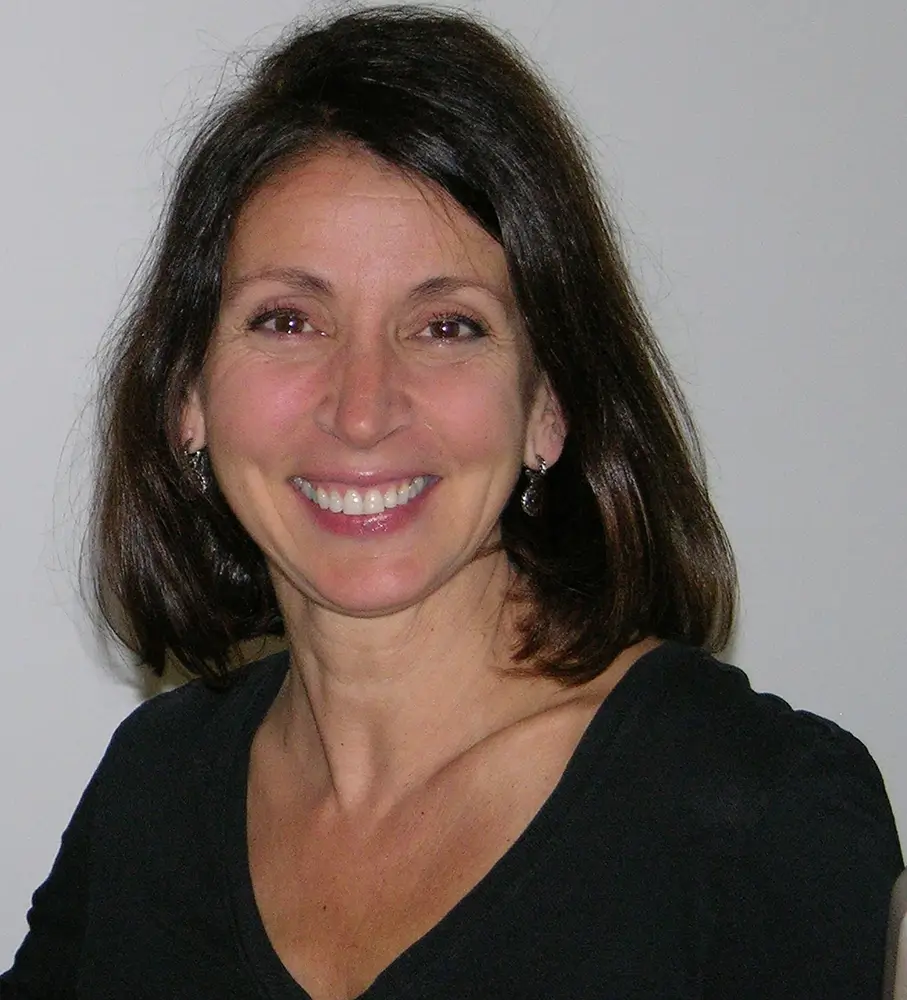Lydia Panas works with photography and video. Working primarily with women, her images are attentive to the psyche and what lies below the surface investigating questions about who we are and what we want to become. Panas’ work has been exhibited widely in the U.S. and internationally and has appeared in many periodicals including The New Yorker, The New York Times Magazine, PDN, Rain Taxi Review of Books, and Hyperallergic among others. Her photographs are represented in numerous public collections including the Brooklyn Museum; Bronx Museum; Museum of Fine Arts, Houston; Palm Springs Art Museum; Allentown Art Museum, Museum of Contemporary Photography, Chicago; Museum of Photographic Arts San Diego; and Zendai Museum of Modern Art, Shanghai. She published three monographs, “The Mark of Abel” (Kehrer Verlag, 2012), “Falling from Grace” (Conveyor Arts, 2016), and “Sleeping Beauty” (MW Editions, 2021). She divides her time between her farm in Kutztown, Pennsylvania and New York City.
Statement
The series “Hidden Forest” explores the relationship between the artist, the audience, and the gaze. I investigate photographic looking as a way to understand identity, family secrets, and love. Art is a way to make sense of disorder and reveal truths.
Article
Sleeping Beauty